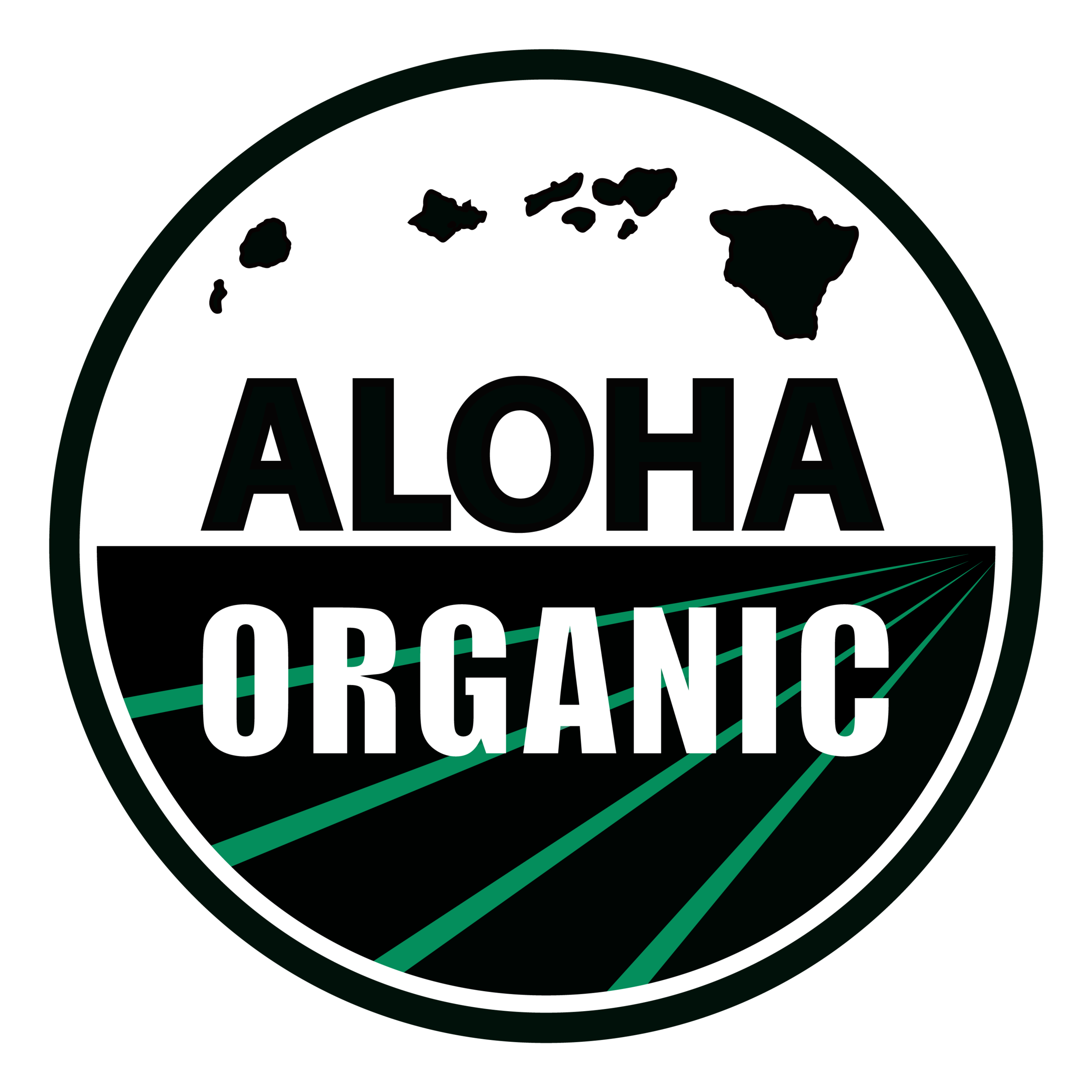LIVING (Lactic Acid Bacteria)


LIVING (Lactic Acid Bacteria)
Overview
Lactic acid bacteria are a large group of microorganisms that produce lactic acid as they eat. These are widespread and proven to be beneficial to plants and animals. Usage inoculates seeds and soils with good LIVING things, protects against fungal problems, and, in soils, speeds up the breakdown of matter, enhancing the release of plant nutrients for absorption and food.
How It’s Made
LIVING is from different types of liquids, ranging from rice water to milk to cheeses and cultured starches. Feeding the bacteria for 3 to 10 days creates a concentrated liquid culture. It sounds simple because it is simple. That’s why these bacteria are LIVING everywhere on Earth.
Usage
PLANTS: LIVING can be used as a seed soak, be applied to the leaves in the evening, or used as a soil drench.
LIVESTOCK: Probiotic feed addition that helps foster a thriving gut flora, enhance immune systems, and aid in digestion and overall health. Removes odors from livestock pens when used in conjunction with an inoculated deep litter system.
DISCLAIMER
CAUTION : Do not shake. Do not leave in the sun.
As the name states, our LIVING solution is very much alive and well. This means those mini microorganisms are multiplying quickly and taking up space inside their bottle.
Sometimes, they even multiply so fast that some of them manage to escape the bottle while on it’s way to you. We have individually vacuum sealed each bottle. Should this happen simply open the sealed bag and pour the solution back into the bottle.
Additionally, we recommend adding sugar or molasses to the bottle if you store it more than 30 days.
References
Chantsavang, S., C. Sinratchatanun, K. Ayuwat, and P. Sirirote. 1993. Application of effective microorganisms for swine waste treatment. Third International Conference on Kyusei Nature Farming, Santa Barbara, CA. Retrieved from http://infrc.or.jp/english/ KNF_Data_Base_Web/3rd_Conf_S_6.html
Corcionivoschi, N., D. Drinceanu, I.M. Pop, D. Stack, L. Stef, C. Julean, and B. Bourke. 2010. The effects of probiotics on animal health. Animal Science and Biotechnologies 43:35–41.
DuPonte, M.W. and D. Fischer. 2012. The Natural Farming Concept: A new economical waste management system for small family swine farms in Hawai‘i. LM-23. University of Hawai‘i, College of Tropical Agriculture and Human Resources, Honolulu, HI
Fajardo, P., L. Pastrana, J. Mendez, I. Rodriguez, C. Fucinos, and N.P. Guerra. 2012. Effects of feeding of two potentially probiotic preparations from lactic acid bacteria on the performance and faecal microflora of broiler chickens. Scientific World Journal 2012:562635. http://www.ncbi.nlm.nih.gov/pmc/ articles/PMC3362022/
Hamed, H.A., Y.A. Moustafa, and S.M. Abdel-Aziz. 2011. In vivo efficacy of lactic acid bacteria in biological control against Fusarium oxysporum for protection of tomato plant. Life Science Journal 8:462–468.
Higa, T. and S. Kinjo. 1989. Effect of lactic acid fermentation bacteria on plant growth and soil humus formation. First International Conference on Kyusei Nature Farming, Khon Kaen, Thailand. Retrieved from http://infrc.or.jp/english/KNF_Data_Base_ Web/1st_Conf_S_5_4.html
Miller, S.A., D.M. Ikeda, E. Weinert, Jr., K. Chang, J.M. McGinn, C. Keliihoomalu, and M.W. DuPonte. (2013). Fermented plant juice. University of Hawai‘i, College of Tropical Agriculture and Human Resources, Honolulu, HI
Nordqvist, C. 2004.Lactic acid bacteria - their uses in food. Medical News Today. Retrieved from http:// www.medicalnewstoday.com/releases/14023.php
Park, H. and M.W. DuPonte. 2008 (rev. 2010). How to cultivate indigenous microorganisms. BIO-9. University of Hawai‘i, College of Tropical Agriculture and Human Resources, Honolulu, HI.
